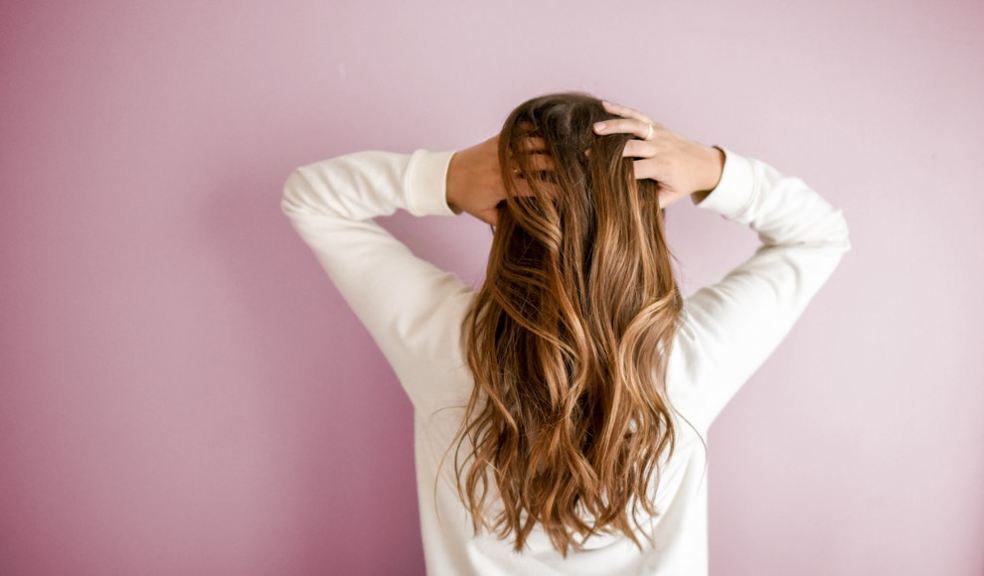
Types of hair colours and tips on dying your hair
We colour our hair for a variety of reasons. Men dye their hair primarily to cover grey hairs or add depth to their natural colour. Women colour their hair to change their appearance, give themselves a fresh look for the summer or just because they are in an experimental mood and have decided to try something new.
Women have been dying their hair for hundreds of years, and the ancient Egyptians were believed to have started this practice. Nowadays we have a wide variety of brands, colours, and hair colours and it is good to have some knowledge of that, especially if you are planning to colour your hair.
Semi-permanent hair colour
Semi-permanent dyes are the most popular dyes on the market today. They last between 8 and 20 washes, depending on the dye's brand and the hair's condition. Some various serums and shampoos help extend this period.
Both permanent dyes and semi-permanent dyes penetrate the hair. But semi-permanent hair colours do not penetrate to the same depth as the permanent and therefore damage the hair less. But the lighter than the natural colour you want to get, the more damage you will do to your hair.
Semi-permanent dyes can change your colour or refresh your natural colour. There are a variety of good semi-permanent dyes on the market, ranging from arctic blonde to raven black to crazy fashion colours such as blue, pink, green, etc.
The most difficult part of dyeing with semi-permanent dyes is determining the brand and colour of the dye.
We have discovered a brand, Crazy Colour, with a wide range of semi-permanent hair colours. The best part is that you don't even need to use a developer for it. And you apply it straight to your hair, and you are done.
Browse Crazy Colour semi-permanent hair colour range here.
Permanent hair colour
Permanent hair colour strips the epidermis of the existing hair of its colour and prepares it for applying a new shade. As the natural hair colour grows back, the dye must be applied periodically to the roots to maintain the colour. Although permanent colouring will allow you to get the colour you want, especially if it is much lighter than your natural colour, maintaining the colour is difficult and expensive. Exposure to the sun and certain chemicals such as chlorine can change the colour, make it fade or lose its lustre.
Progressive hair colour
Progressive hair dyes are most popular among men. They contain lead acetate, penetrating the hair cuticle to interact with protein and sulphur, thereby darkening the hair. The more often the dye is used, the darker the hair becomes. The less often it is used, the faster the hair regains its previous colour.
Ammonia-free hair dye
Ammonia-free hair dye is a type of permanent dye that contains an alkaline compound other than ammonia and is way less damaging to the hair compared to permanent hair colours. In combination with hydrogen peroxide (developer), you can get results which will be weaker than those of a permanent dye. Since alkaline compounds are more volatile than those of ammonia, they cannot provide lightening of the hair during dyeing, and as a result, ammonia-free hair dye is not used for light shades.
Temporary hair dye
Temporary hair dyes are usually available in shampoo, gel, mousse, spray form or a hair conditioner. These dyes cover the hair, and they do not change the natural colour of the cuticle and do not penetrate the hair. They wash easily, usually only lasting between 1 and 3 washes. It is for this reason that this type of colouring is very popular among young people who often dye their hair to match a particular outfit or depending on their mood.
Although temporary dyes do not penetrate the hair, this does not mean that they cannot damage the hair. Some products on the market are quite aggressive and make hair hard, brittle and break easily. When choosing a temporary hair dye, you should be just as careful as other types of dyes.
Hair dying tips
- To wash or not to wash your hair before dyeing it. Many hairdressers have a different opinion on this matter. Some say that oil in the hair interacts with the dye. Others believe that natural hair oils will reduce damage. And what we suggest is to read the instructions on the colour box you bought and follow what is recommended there. The manufacturers certainly know what the best procedure is to follow.
- Trim your split ends. This will help to get a beautiful and even colour.
- If you want to nourish your hair with a conditioner or mask, do it after you dye it or at least a week before you dye it. Many masks and conditioners contain ingredients that coat the hair and thus prevent the dye from penetrating it. So just watch!
To summarise,
With all the online information, colouring your hair at home has become even easier. The important thing to remember is that you must follow the directions written on the hair dye you have chosen. If you follow them, you have a huge chance of getting the colour and look you want.











